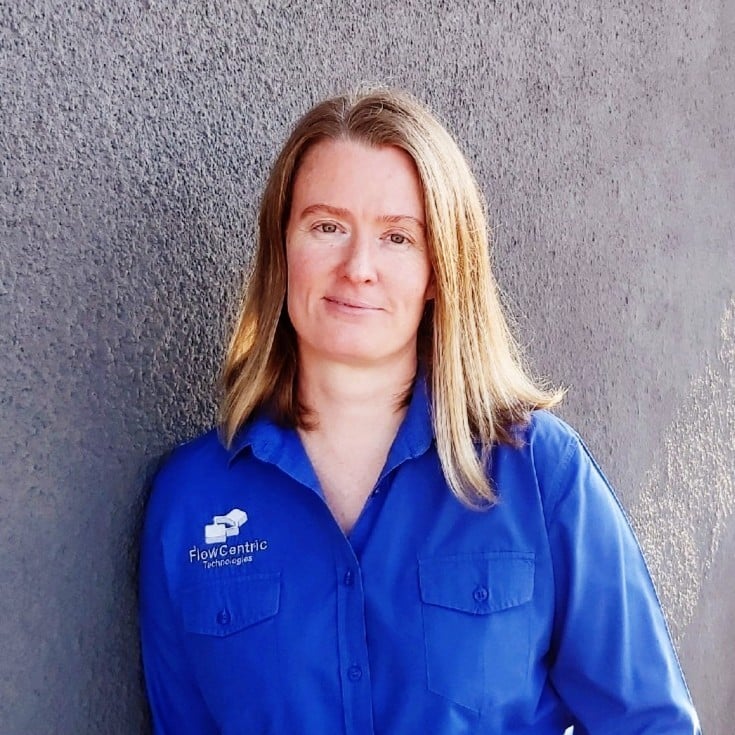Mature business process management (BPM) software enables companies to integrate with modern technologies, allowing them to innovate faster and adapt quicker than their competitors.
BPM software is often associated with the enterprise's back-office, where it's used to administer more traditional information such as leave requests, purchase orders and other similar office-bound processes.
While this remains an important part of BPM, says Denis Bensch, CIO of FlowCentric Technologies, future-focused organisations are realising it's not only possible to take BPM technology out of the back-office, but that implementing it in the field offers a wealth of new opportunities to improve business performance.
Innovation is not just about developing new gadgets. It is often about joining existing technologies and business concepts in a novel way. Uber is a classic example of this. The company took an industry that has been around for centuries, a technology that has been around for decades and applied an original way of thinking to them. Uber's revolution has done more than disrupt conventional businesses in this space, it has shaken them to their core.
"Technologies like cloud services, the Internet of things (IOT) and mobile computing have provided us with an opportunity to breathe life into the BPM space and enable organisations to continuously improve their offerings," he explains.
Cloud services are particularly good news for emerging businesses, as they have helped lower the barrier to entry and allowed growing businesses to participate in what was previously a domain exclusive to enterprises. Organisations no longer need to own or maintain the infrastructure that they use to run their business. In a sense, cloud services are like Uber for IT; businesses have all the benefits of servers and storage space without the overheads and responsibility of maintaining them.
BPM technology is evolving from driving human-to-human data and exchanges, to managing and coordinating the information generated by IOT-enabled smart sensors, and AI-driven data that is generated by bots, or digital personal assistants.
Data without action is meaningless, states Bensch. BPM software is designed to add both action and context to the information that is captured and used within an organisation. As technology advances and businesses grow, the IT infrastructure within a business can almost take on life of its own.
Without a BPM system in place, data is often spread over multiple systems, many of which don't communicate with one another. This inevitably makes it more difficult for employees to find and use the accurate information, because different versions of the same data are stored in multiple places. BPM enables organisations to provide users with a single view of data, and a central point through which to capture information. This approach makes it much easier to control the data and to derive clear and meaningful insight from it.
When people start thinking of their business operations in terms of processes, it often becomes easier for them to identify areas that can be improved using technology. Whether it be using virtual reality (VR) to explore and coordinate activities in an underground mine, or using IOT sensors to trigger a process when a vehicle is approaching its delivery point, BPM software drives the actions that deliver results. This process-centric approach is critical to any company that is committed leading the pack in innovation. Technology has advanced so quickly that the question around developing a particular digital solution is seldom "can we do this?" but it's "should we do this?"
BPM is only going to become more critical as digital transformation permeates into every aspect of business and across all vertical markets, states Bensch.
"I foresee BPM evolving to a point where we will see a much more pervasive use of this technology. It will be used everywhere from the factory floor to the retail environment, to the mining industry, and sooner or later even in the home, where it can optimally manage processes and thus improve both the way we work and the way we live," he concludes.


